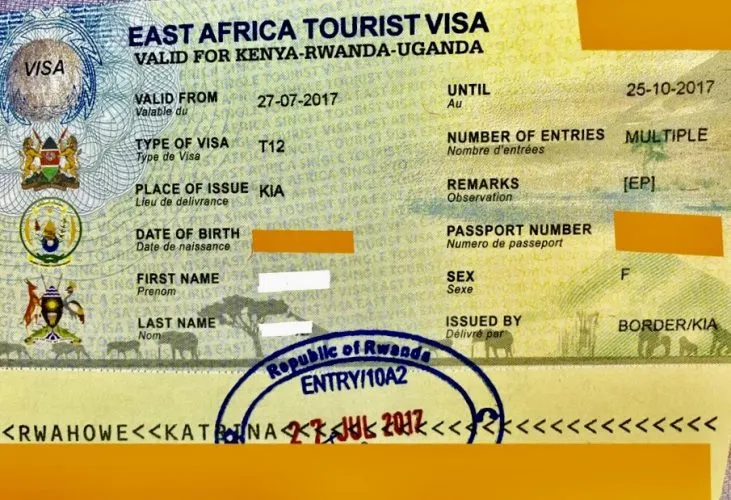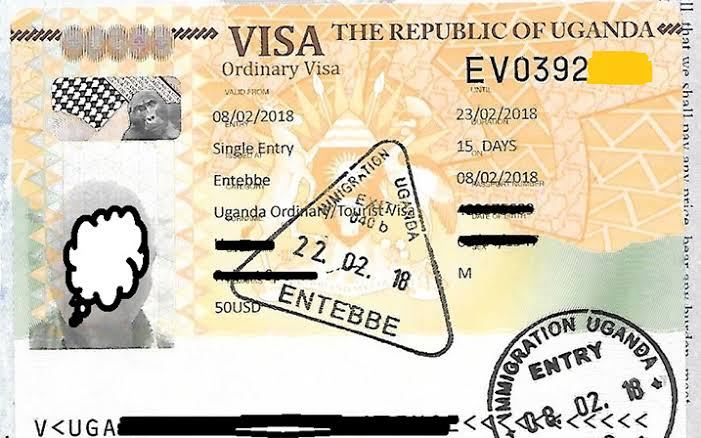Why Are Rwanda’s Gorilla Permits Expensive?
Rwanda, often referred to as the “Land of a Thousand Hills,” is home to one of the world’s most extraordinary wildlife treasures: the mountain gorillas. These majestic creatures, with their gentle demeanor and powerful presence, attract thousands of tourists annually. However, one thing that frequently surprises visitors is the price of the gorilla permits. As of recent, these permits have become some of the most expensive in the world, sparking questions about why they carry such a high price tag. To understand this, it’s crucial to look at the bigger picture—how the price of these permits is tied to conservation, sustainable tourism, and the people of Rwanda. So, let’s dive deeper into why Rwanda’s gorilla permits are so expensive and what makes them a valuable investment for the future of both the gorillas and the local communities.
The Role of Conservation
Rwanda is one of the few countries where mountain gorillas still roam in the wild, and this is no accident. The survival of these gorillas, which once teetered on the brink of extinction, has been a result of decades of careful and expensive conservation efforts. Back in the 1980s, there were fewer than 250 mountain gorillas left in the world, with the majority residing in the Virunga Mountains, which straddle the border between Rwanda, Uganda, and the Democratic Republic of Congo.
The government of Rwanda, in collaboration with various conservation organizations, established the Rwanda Development Board (RDB) and set up a range of initiatives aimed at protecting these gorillas. These initiatives have included everything from anti-poaching patrols and veterinary care to educating local communities about the importance of protecting these animals.
Today, the mountain gorilla population is slowly recovering, with numbers exceeding 1,000. The success of this conservation effort is nothing short of a miracle, and it comes with an immense cost. Protecting the gorillas involves monitoring each of the known gorilla groups, ensuring they remain safe from poachers and disease, and providing them with a natural habitat free from human encroachment.
The revenue generated from the sale of gorilla permits directly funds these conservation programs. Without the income from tourism, it would be extremely difficult to continue such intensive efforts. The cost of maintaining and expanding the conservation initiatives, ensuring anti-poaching patrols are adequately funded, and supporting ongoing research into gorilla behavior and health, requires substantial resources. The high price of the permits plays a crucial role in making these efforts sustainable in the long term.
The Impact on the Local Communities
Rwanda’s commitment to gorilla conservation has not only benefited the gorillas themselves but has also positively impacted the local communities. The revenue generated from tourism, including the sale of gorilla permits, is reinvested into local infrastructure, healthcare, education, and community development programs. This has created a cycle where both the people and the gorillas thrive together.
The high cost of the permits is a reflection of the direct benefits local communities receive from tourism. By maintaining high-quality, low-impact tourism, Rwanda has ensured that the economic benefits of gorilla tourism are spread across various sectors. Local communities living near Volcanoes National Park, where most of the gorillas reside, now have access to better roads, improved healthcare facilities, and schools, thanks to the revenue generated by tourism.
The tourism model in Rwanda has been designed to be environmentally and socially sustainable. It involves employing local guides, porters, and trackers who help lead tourists through the park to view the gorillas. These local jobs are invaluable and provide a steady source of income for families who have historically relied on farming or other forms of subsistence living.
Limited Access Equals Higher Value
Another key factor in the price of Rwanda’s gorilla permits is the limited access to the gorillas. Volcanoes National Park, where gorilla trekking takes place, is home to a limited number of gorilla families, and only a select few tourists are allowed to visit these families each day. To ensure minimal disturbance to the gorillas, the RDB strictly controls the number of permits issued daily, capping it at just 96 permits.
This limitation helps maintain the health and well-being of the gorilla groups. The gorillas are accustomed to the presence of humans, but only up to a point. If too many people were allowed to interact with the gorillas, the risk of disease transmission or stress to the animals would increase. Keeping the number of tourists small and controlled ensures that each visitor can have a more intimate and personal experience with these incredible creatures without compromising their safety.
By making the experience exclusive, Rwanda has elevated the value of the permits. This exclusivity also leads to higher demand, which naturally drives up the price. Tourists who are willing to pay for the privilege of seeing these endangered animals in their natural habitat are contributing to the long-term protection and preservation of the species.
The Role of Luxury Tourism
Rwanda is positioning itself as a luxury travel destination, and part of that strategy involves offering exclusive, high-end experiences for tourists. The experience of trekking to see the mountain gorillas has become a bucket-list adventure for many, and the high cost of the permits aligns with the luxury experience.
In addition to the permits themselves, the cost of visiting Rwanda also includes high-end lodges, gourmet meals, private guides, and other luxurious services that appeal to a wealthier clientele. This model of luxury tourism ensures that the local economy benefits from high-spending tourists while minimizing the environmental impact of mass tourism. Rwanda has intentionally kept its tourism numbers relatively small, creating an atmosphere of exclusivity, privacy, and sustainability.
For the wealthy traveler, the high cost of the permit is not just about the money; it’s about the experience. The opportunity to stand just a few feet away from a silverback gorilla in the misty forests of the Virungas is unparalleled. The exclusivity of the experience, combined with Rwanda’s pristine natural beauty and commitment to conservation, makes the cost of the permits seem like a worthwhile investment.
A Global Responsibility
Finally, it’s essential to recognize that Rwanda’s expensive gorilla permits are part of a larger global responsibility. The high price tag reflects the true cost of conservation—both financial and human. By purchasing a gorilla permit, tourists aren’t just paying for a ticket to see an animal; they are investing in the survival of a species and the protection of its habitat. They are also supporting a sustainable model of tourism that benefits both the environment and the local communities.
The mountain gorillas are a symbol of resilience and hope, and their conservation is a testament to what can be achieved when humans and wildlife work together. The high cost of the permits may seem steep, but when you consider the broader impact on the gorillas, the local people, and the environment, it becomes clear that this is an investment in the future.
Conclusion: Worth Every Penny
Rwanda’s expensive gorilla permits are not just a cost to the traveler but a critical investment in the survival of an endangered species and the economic well-being of local communities. The money raised from these permits goes directly into conservation efforts, the protection of the gorillas’ natural habitat, and the sustainable development of Rwanda’s rural areas.
For those fortunate enough to secure a permit, the experience of seeing mountain gorillas in the wild is a rare and transformative moment—one that is worth every penny. Rwanda’s commitment to preserving these magnificent animals and ensuring that their home remains protected is something that all who visit can be proud to support. When you purchase a gorilla permit, you are not just contributing to conservation; you are participating in a movement that values both nature and people, and in doing so, you help secure a better future for generations to come.



